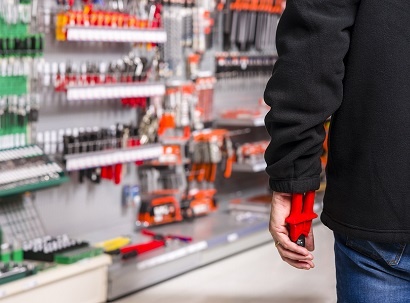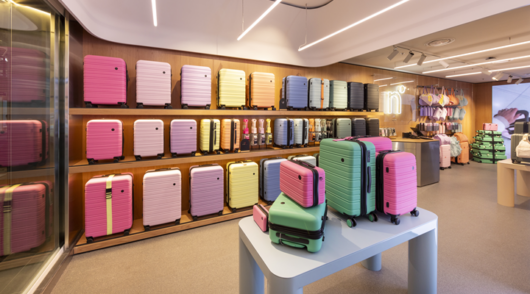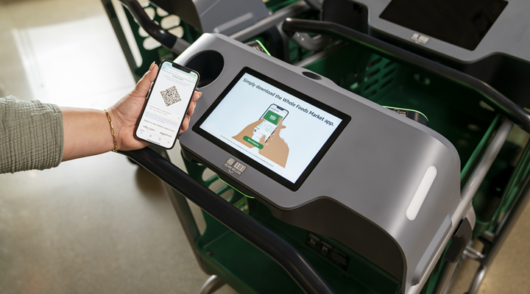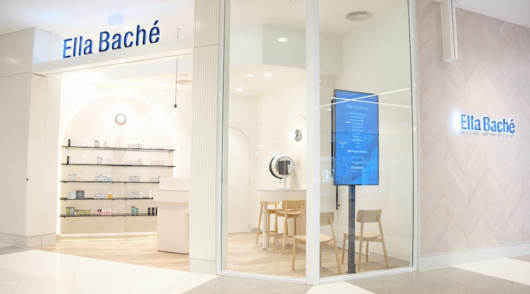
Customers are responsible for the vast majority of retail crime in Australia and New Zealand, a new survey found, and worryingly, the incidence of shoplifting is on the rise.
The Australia and New Zealand Retail Crime Survey, conducted by Aptus Research in partnership with the Profit Protection Future Forum ANZ and sponsored by Checkpoint Systems, asked retail loss prevention managers in 10 verticals – supermarkets, pharmacies, telecommunications, grocery/convenience, department stores, apparel and fashion, sporting and recreation, fuel/convenience, footwear, hardware and DIY – representing a quarter of the retail industry in ANZ about their experience with retail crime.
It found the average reported crime-related losses in FY18 was 0.92 per cent of revenue, which amounts to $3.37 billion.
The biggest contributor to retail crime was customer theft, which accounted for 57 per cent of loss, dwarfing other categories, such as employee theft, which accounted for 22 per cent of loss, supplier fraud, which accounted for 6 per cent of loss, and non-criminal reasons, which accounted for 15 per cent.
Worryingly, the survey found, shoplifting is on the rise. The incidence of customer theft rose 16 per cent in less than two years.
Telecommunications stores suffer the highest average value of theft, the study found, which is estimated to be more than $1000 per incident.
Supermarkets, in comparison, typically report losses of under $20 per incident, but they occur more frequently. Baby milk formula, meat and face creams are the most commonly stolen items from supermarkets.
The implementation of self-service checkouts at supermarkets has been associated with theft, as well as the large resale market for goods, including stolen food and champagne being sold to restaurants, and baby formula being sold to China as part of the ‘daigou’ phenomenon.
Retailers are responding by introducing more POS video analytics including cameras that film customers at each individual machine.
“Many people think that retail crime is a victimless crime – that the large retailers build expected losses into their profit margin – but it couldn’t be further from the truth,” said Dr Emmeline Taylor, lead researcher and reader in criminology at City University of London, in a statement.
“We calculate that $3.37 billion is enough to employ 85,000 supermarket checkout staff for a year.”
Taylor said thieves report retail crime as being “easy to get away with” and that the “reward greatly outweighs the risk”.
This aligns with just 20 per cent of loss prevention managers being satisfied with law enforcement response to the rise in crime.
Meanwhile, 67 per cent of retailers said it was difficult to combat shoplifters with their current resources because of the diverse and sophisticated ways that criminals are now targeting retailers.
“Thieves are becoming more brazen. We have seen this in the recent “steaming” technique used by gangs to overpower mobile phone shops in broad daylight, often intimidating staff and pushing customers out of the way to reach the stock,” Taylor added.
Mark Gentle, vice president of Checkpoint Australia, said thieves have upped their game and retailers need to adapt to stay ahead.





